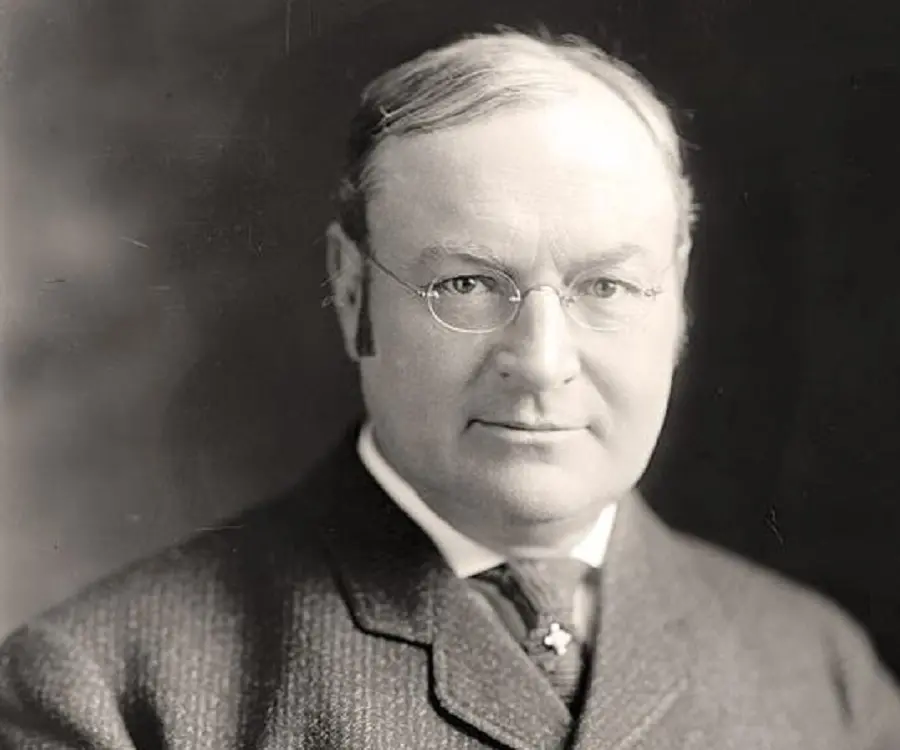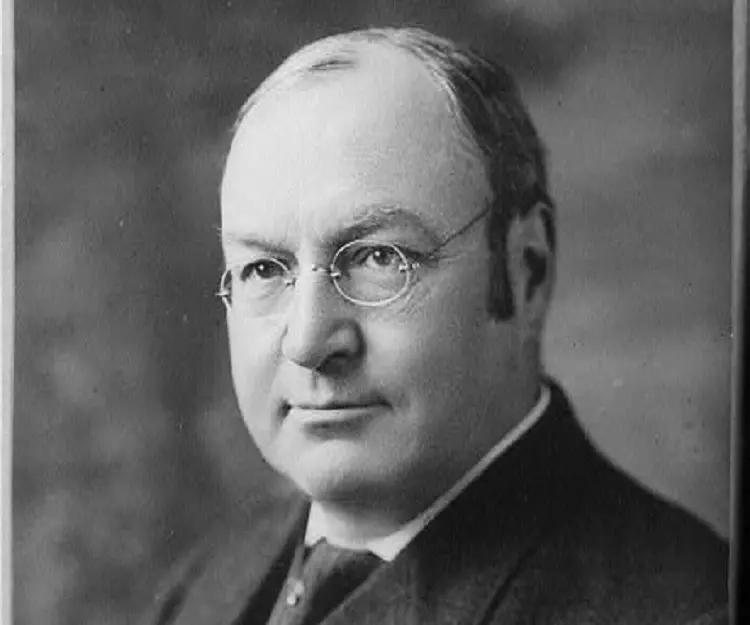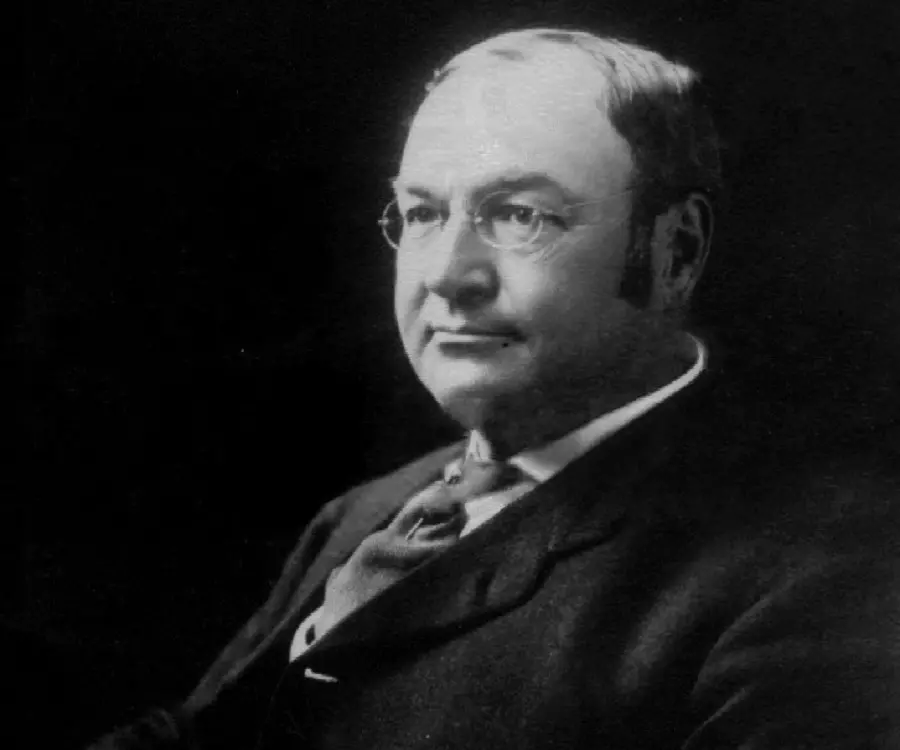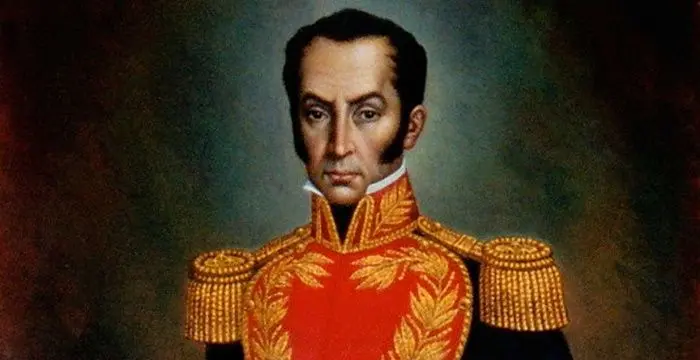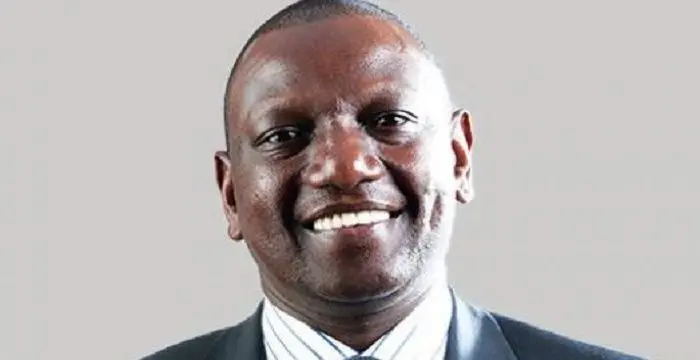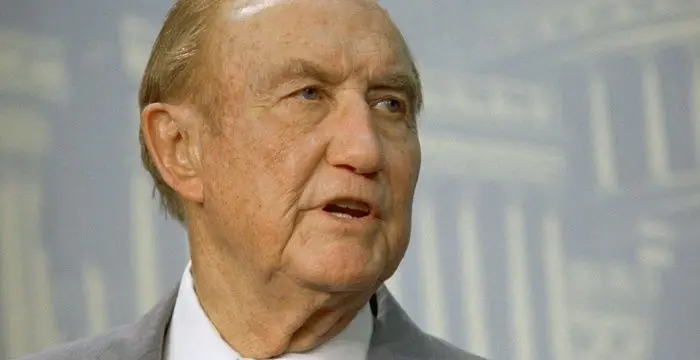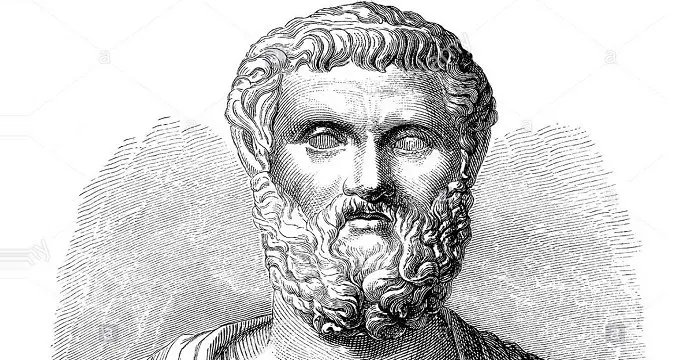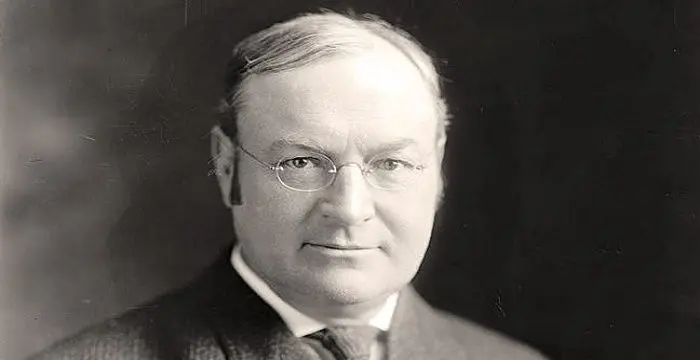
James S. Sherman - 27th Vice President of the U.s.a, Birthday and Personal Life
James S. Sherman's Personal Details
James S Sherman was an American politician who served as the 27th Vice President of United States
| Information | Detail |
|---|---|
| Birthday | October 24, 1855 |
| Died on | October 30, 1912 |
| Nationality | American |
| Famous | Republicans, Leaders, Political Leaders, 27th Vice President of the U.s.a |
| Ideologies | Republicans |
| Spouses | Carrie Babcock Sherman |
| Known as | James Sherman, Mayor James S. Sherman |
| Universities |
|
| Birth Place | Utica |
| Gender | Male |
| Father | Richard U. Sherman |
| Sun Sign | Scorpio |
| Born in | Utica |
| Famous as | 27th Vice President of the U.S.A |
| Died at Age | 57 |
James S. Sherman's photo
Who is James S. Sherman?
James Schoolcraft Sherman was an American politician who served as the 27th Vice President of United States under William Howard Taft’s administration. A member of the United States House of Representatives, Sherman was recognized as a powerful leader and skilled parliamentarian. His calm demeanour, sunny disposition, genial personality, and jovial spirit helped him sail through his political career with ease so much so that he earned the nickname, Sunny Jim. However, his congenial nature was not to be mistaken for his ineptness as he was a man with strong sense of character, firm beliefs and outright judgments. Sherman possessed a sense of stubbornness as well which kept him close to his principles, ideals and goals. During the Taft administration, Sherman’s old-guard conservativeness provided just the right amount of balance for Taft’s progressiveness in the Republican Party. He was lauded for his skilled approach and resilient tact. It was for this that Sherman became the only sitting Vice President to win re-nomination, after John C. Calhoun. However, his failing health did not allow him to contest as days before the parliamentary elections, he breathed his last.
// Famous Leaders
Edi Rama
Edi Rama is the current Prime Minister of Albania. Check out this biography to know about his childhood, life, achievements, works & timeline.
Tecumseh
Tecumseh was a Native American leader of the Shawnee clan. This biography profiles his childhood, life and timeline.
Khalifa bin Zayed Al Nahyan
Sheikh Khalifa bin Zayed Al Nahyan is the current President of the United Arab Emirates (UAE). Check out this biography to know about his birthday, childhood, family life, achievements and fun facts about him.
Childhood & Early Life
James Schoolcraft Sherman was born on October 24, 1855 in Utica, New York to Richard U. Sherman. His father owned a food canning company and correspondingly published a Democratic newspaper.
Young Sherman completed his preliminary education from Whitestone Seminary in 1874 before enrolling at Hamilton College. It was while at college that his skills as an orator and debater came to forefront. He also became a member of the Sigma Phi fraternity.
Career
Upon completing his studies, he was admitted to the bar in 1880. He practiced law in the firm, Cookingham & Martin. Meanwhile, Sherman joined a number of organizations including Royal Arcanum and Order of the Elks and served as the president of Utica Trust & Deposit Co. and the New Hartford Canning Co.
It was during his early years in law that Sherman formed his own political thinking. As such, he broke ties with the Democrats to support Republicans. At the age of 29, Sherman became a mayor of Utica.
In 1886, he was elected as U.S. Representative from New York's 23rd congressional district. He served in the national public office all through his life, excepting the re-election of 1890, during which Republican Party stood divided over William McKinley’s protective tariff. However, he resumed office in 1892, defeating Democratic candidate, Henry Bentley.
During his early political days, Sherman neither held a party leadership post nor served as a chairman of a major committee. In turn, he served on a number of committees including Judiciary, Census, Industrial Arts and Expositions, Interstate and Foreign Commerce, and Indian Affairs Committee.
Sherman’s neutrality and non-involvement in other committees earned him the chairmanship of the Committee of the Whole on the State of the Union. The committee was basically aimed at hastily moving on legislature and passing the bills by suspending certain rules. Sherman’s strong character, upright decisiveness and balanced temperament made him fit for the post. In 1895, he chaired the Republican State convention.
Under McKinley’s administration, Sherman strongly fought to preserve the Gold standard against ‘free silver’. He even fought against Democratic President Grover Cleveland's efforts to lower the tariff.
In 1900, Sherman made an unsuccessful attempt for the chair of the Speaker losing to David Henderson. However, he became the right-hand of Henderson in the latter’s years in office and continued enjoying the privilege under Henderson’s successor, ‘Uncle Joe’ Cannon. For a second time, he chaired the Republican state convention.
Following McKinley’s assassination and Roosevelt’s emergence to prominence, the party shifted towards progression, demanding change. Sherman, however, remained a Old-guard conservative, and resisted the national reform movement.
In 1906, during the congressional elections, he chaired the Republican Congressional Campaign Committee. In the profile, he successfully raised a huge amount of monetary contributions from business interests for the campaigns, thus gaining recognition.
In 1908, for the third time, Sherman chaired the Republican state convention. Meanwhile, when Roosevelt stepped down from running for a third term as the President and appointed William Howard Taft as his successor, opportunity arose for Sherman to take up the office of the Vice President. Lack of interest from rival candidate Charles Evans Hughes led him to be nominated as the Republican candidate under William Howard Taft ticket.
Sherman’s appointment as the Vice Presidential candidate came in as he appeared to be the most conventional Old-guard chieftain in the House. Furthermore, since he was an easterner, it gave a sense of balance to Taft’s profile, who was a westerner with progressive thinking.
The Republicans won the 1908 elections with a comfortable margin. On March 4, 1909, Sherman took up the office of the Vice President of United States. At a time when William Taft came to power, the Republican Party was divided over progressivism against conservatism. While Taft was a downright progressive leader, Sherman belonged to the Old-guard conservatives. The major problem that arose was keeping together the two factions of the Republican Party together.
During the initials days after the Republican Party victory, Sherman and Taft were at odds with each other, given the opposing ideals. Right from the tariff policy to the role of the Vice President, they did not reconcile over anything. However, with time, Taft’s progressivism paved way to give about space to conservatism, which bettered his relation with Sherman.
Taft credited Sherman’s Capitol Hill accomplishments to the latter’s personal integrity, charming mannerism, spirited sense of conciliation but with a pig-headed sense of principles. Furthermore, Sherman was appraised for his fair judgment, calm disposition, defined dignity and good humour.
Following the Ballinger-Pinchot controversy, the Republican Party stood divided between Taft and Sherman against ex-President Roosevelt, as the latter supported his friend Pinchot against Taft’s secretary of Interior, Ballinger. Sherman however backed Taft’s decision.
In the aftermath of Charles Evan Hughes resignation from the post of Supreme Court justice, a major warfare broke in the Republican Party amongst conservatives and progressives. Sherman was appointed as a contender for the seat of the temporary chairman of the state convention against Roosevelt. Though Sherman gained support of President Taft and party’s Old guard, it wasn’t enough against Roosevelt’s popularity. As such, he lost to Roosevelt.
In the 1912 Presidential elections, Taft and Sherman campaigned on the same ticket against Roosevelt’s Bull Moose Party. At the time of the campaign, Sherman became the second sitting Vice President after John C. Calhoun to be re-nominated. However, his re-nomination came in at a time of failing health condition. He breathed his last just days before the election.
Personal Life & Legacy
In 1881, Sherman married Carrie Babcock of East Orange, New Jersey. The couple was blessed with three sons.
Sherman’s health condition steadily deteriorated towards the end of the 1900 decade. He suffered from Bright’s disease, which caused weakened kidney condition.
Sherman breathed his last on October 30, 1912 at his home in Utica. His death came in just days before the 1912 Presidential elections.
Trivia
This Republican Party politician who served as the 27th Vice President of United States was so popular for his congenial mannerism and charming disposition that he earned the nickname ‘Sunny Jim’, an epithet that stayed with him all through his life.
// Famous Republicans
Simon Bolivar
Simón Bolívar was a Venezuelan military leader who was instrumental in independence of several Latin American countries from the Spanish rule. This biography profiles his childhood, life, achievements and timeline.
Nizar Qabbani
Nizar Qabbani was a poet, and is one among the most honoured men in the Arab Literary world. This biography provides detailed information about his childhood, career, profile and timeline.
William Ruto
William Ruto is a politician who hails from Kenya and is the first Deputy President of the Republic of Kenya. This biography provides detailed information about his childhood, Profile, career and timeline
James S. Sherman biography timelines
- // 24th Oct 1855James Schoolcraft Sherman was born on October 24, 1855 in Utica, New York to Richard U. Sherman. His father owned a food canning company and correspondingly published a Democratic newspaper.
- // 1874Young Sherman completed his preliminary education from Whitestone Seminary in 1874 before enrolling at Hamilton College. It was while at college that his skills as an orator and debater came to forefront. He also became a member of the Sigma Phi fraternity.
- // 1880Upon completing his studies, he was admitted to the bar in 1880. He practiced law in the firm, Cookingham & Martin. Meanwhile, Sherman joined a number of organizations including Royal Arcanum and Order of the Elks and served as the president of Utica Trust & Deposit Co. and the New Hartford Canning Co.
- // 1881In 1881, Sherman married Carrie Babcock of East Orange, New Jersey. The couple was blessed with three sons.
- // 1886In 1886, he was elected as U.S. Representative from New York's 23rd congressional district. He served in the national public office all through his life, excepting the re-election of 1890, during which Republican Party stood divided over William McKinley’s protective tariff. However, he resumed office in 1892, defeating Democratic candidate, Henry Bentley.
- // 1895Sherman’s neutrality and non-involvement in other committees earned him the chairmanship of the Committee of the Whole on the State of the Union. The committee was basically aimed at hastily moving on legislature and passing the bills by suspending certain rules. Sherman’s strong character, upright decisiveness and balanced temperament made him fit for the post. In 1895, he chaired the Republican State convention.
- // 1900In 1900, Sherman made an unsuccessful attempt for the chair of the Speaker losing to David Henderson. However, he became the right-hand of Henderson in the latter’s years in office and continued enjoying the privilege under Henderson’s successor, ‘Uncle Joe’ Cannon. For a second time, he chaired the Republican state convention.
- // 1900Sherman’s health condition steadily deteriorated towards the end of the 1900 decade. He suffered from Bright’s disease, which caused weakened kidney condition.
- // 1906In 1906, during the congressional elections, he chaired the Republican Congressional Campaign Committee. In the profile, he successfully raised a huge amount of monetary contributions from business interests for the campaigns, thus gaining recognition.
- // 1908In 1908, for the third time, Sherman chaired the Republican state convention. Meanwhile, when Roosevelt stepped down from running for a third term as the President and appointed William Howard Taft as his successor, opportunity arose for Sherman to take up the office of the Vice President. Lack of interest from rival candidate Charles Evans Hughes led him to be nominated as the Republican candidate under William Howard Taft ticket.
- // 1908 To 4th Mar 1909The Republicans won the 1908 elections with a comfortable margin. On March 4, 1909, Sherman took up the office of the Vice President of United States. At a time when William Taft came to power, the Republican Party was divided over progressivism against conservatism. While Taft was a downright progressive leader, Sherman belonged to the Old-guard conservatives. The major problem that arose was keeping together the two factions of the Republican Party together.
- // 1912In the 1912 Presidential elections, Taft and Sherman campaigned on the same ticket against Roosevelt’s Bull Moose Party. At the time of the campaign, Sherman became the second sitting Vice President after John C. Calhoun to be re-nominated. However, his re-nomination came in at a time of failing health condition. He breathed his last just days before the election.
- // 30th Oct 1912Sherman breathed his last on October 30, 1912 at his home in Utica. His death came in just days before the 1912 Presidential elections.
// Famous Political Leaders
Edi Rama
Edi Rama is the current Prime Minister of Albania. Check out this biography to know about his childhood, life, achievements, works & timeline.
Khalifa bin Zayed Al Nahyan
Sheikh Khalifa bin Zayed Al Nahyan is the current President of the United Arab Emirates (UAE). Check out this biography to know about his birthday, childhood, family life, achievements and fun facts about him.
Leo Varadkar
Cam Leo Varadkar is the current Taoiseach—the Prime Minister—of the Republic of Ireland. Check out this biography to know about his childhood, family life, achievements and other facts about his life.
Strom Thurmond
Strom Thurmond was an American politician, who represented the state of South Carolina in the United States senate for 48 years.
Solon
Solon was an Athenian lawmaker, poet and politician. He is considered as one of the ‘Seven Wise Men’ in Greek culture. This biography provides detailed information about his childhood, life, career, works, achievements and timeline.
Mohammed bin Salman
Mohammed bin Salman is the Crown Prince of Saudi Arabia and the heir apparent to the throne. Check out this biography to know about his childhood, family life, achievements and other facts about him.
James S. Sherman's FAQ
What is James S. Sherman birthday?
James S. Sherman was born at 1855-10-24
When was James S. Sherman died?
James S. Sherman was died at 1912-10-30
Where was James S. Sherman died?
James S. Sherman was died in Utica
Which age was James S. Sherman died?
James S. Sherman was died at age 57
Where is James S. Sherman's birth place?
James S. Sherman was born in Utica
What is James S. Sherman nationalities?
James S. Sherman's nationalities is American
What is James S. Sherman ideologies?
James S. Sherman's ideologies is Republicans
Who is James S. Sherman spouses?
James S. Sherman's spouses is Carrie Babcock Sherman
What was James S. Sherman universities?
James S. Sherman studied at Hamilton College
Who is James S. Sherman's father?
James S. Sherman's father is Richard U. Sherman
What is James S. Sherman's sun sign?
James S. Sherman is Scorpio
How famous is James S. Sherman?
James S. Sherman is famouse as 27th Vice President of the U.S.A
